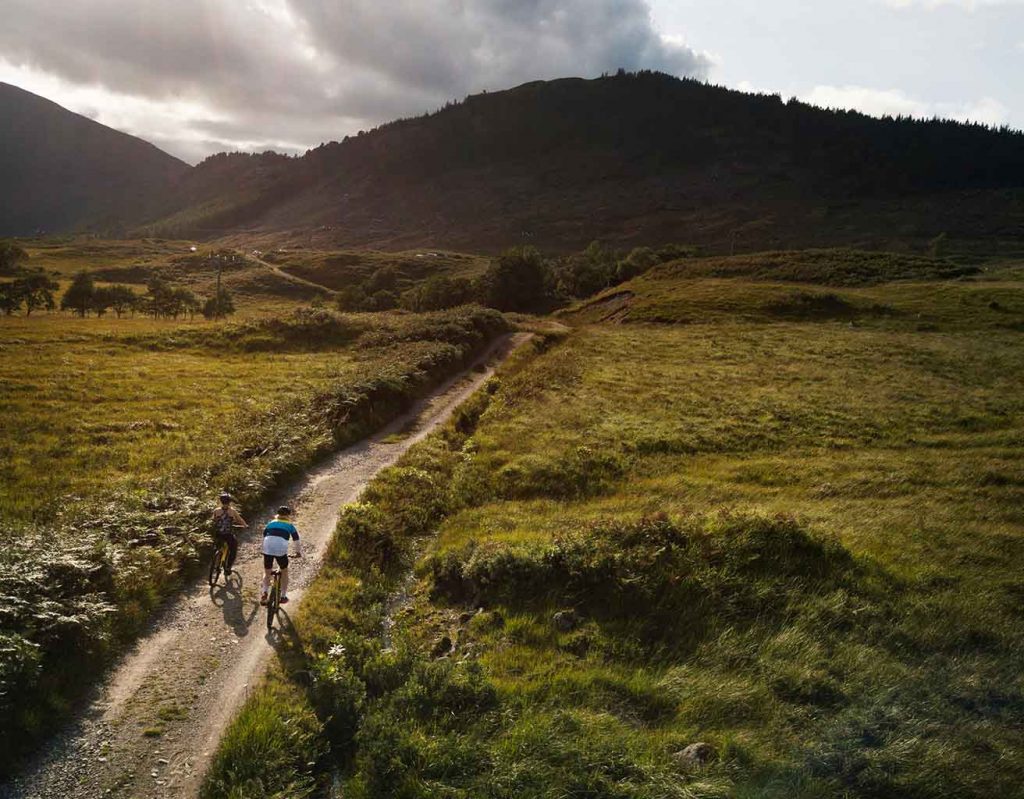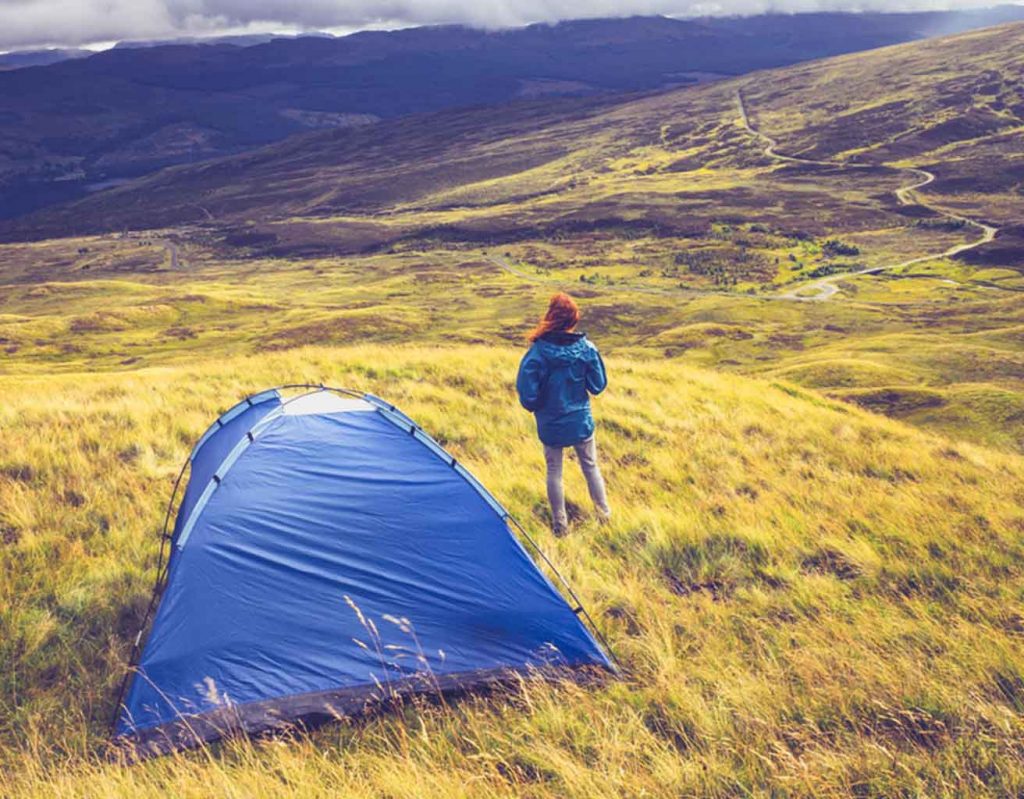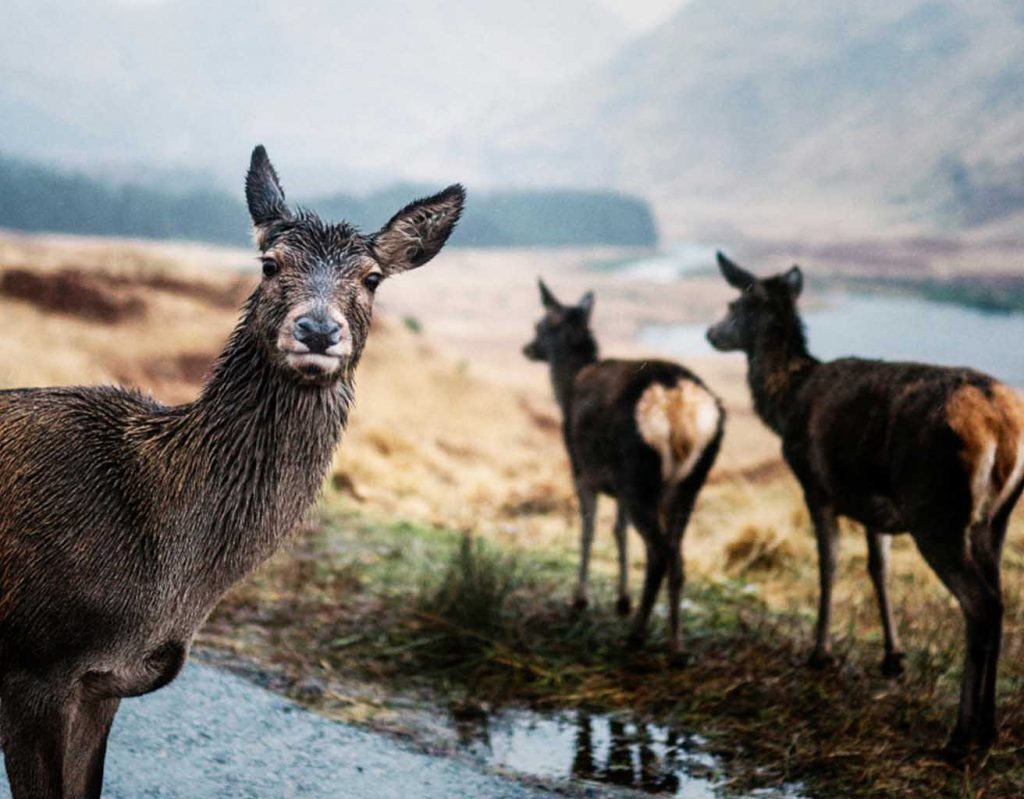The Scottish Highlands can be a little strange to people visiting from a loud and hectic city. To be suddenly enveloped in the absolute peace and tranquillity of Loch Ness can take people aback. Wild animals run through fields as rare birds fly overhead. It can feel liberating as if there is no-one else for miles. This, unfortunately, can lead some people to think they are free to act as they please and treat Loch Ness’ nature and general area however they would like.
Of course, they can’t, but it has led to instances of littering, trespassing and rude behaviour by some. The Scottish Outdoor Access Code was drawn up as a response. It’s a way to share best practice of spending time in the countryside and near our animals with those unfamiliar with it.

The Scottish Outdoor Access Code
A person has access rights to most parts of Scotland if they act responsibly, asset out in the Land Reform (Scotland) Act 2003. It means that most of Scotland’s amazing places and wildlife can be experienced by anyone.
The key to this, of course, is the “responsibly” bit. How can we make sure visitors know what is acceptable and what is irresponsible? This is where the Scottish Outdoor Access Code (SOAC) comes in. It describes best practice in just about every instance of being outdoors. From air sports to camping; nature reserves to military lands, it’s the best source for making sure your visit to the Highlands goes without a hitch.

Wild Camping in Scotland
A major difference between enjoying the outdoors in England and Scotland is that in Scotland, you can camp in the wild outdoors. In England and Wales, apart from a few special areas, you have to camp in designated campsites. This can lead to your enjoyment of the outdoors being ruined by smelly toilets and screaming children.
In Scotland, you are mostly free to camp up wherever you want – this is called wild camping. There are limits to this of course. You can’t simply walk into somebody’s garden, or a school field, or in a crop field. The landowner may ask you not to camp, in which case, you should leave. Wild camping does offer the outdoors enthusiast a way to experience the outdoors alone, away from civilization and under the stars. It can be the closest you’ll ever get to nature.
As camping is such a popular activity here around Inverness and Loch Ness, there is plenty of information available to help you do so responsibly. One such resource is this guide to good practice.

Sharing Our Space
Everyone is welcome to explore the Loch Ness 360° trail, and with just some consideration, we can make sure everyone has a fantastic visit. Treating our nature with respect can only enhance our love of it. If you are planning a trip to enjoy Loch Ness’ nature, please take a moment to read the access code. It could save you a lot of hassle down the road!
